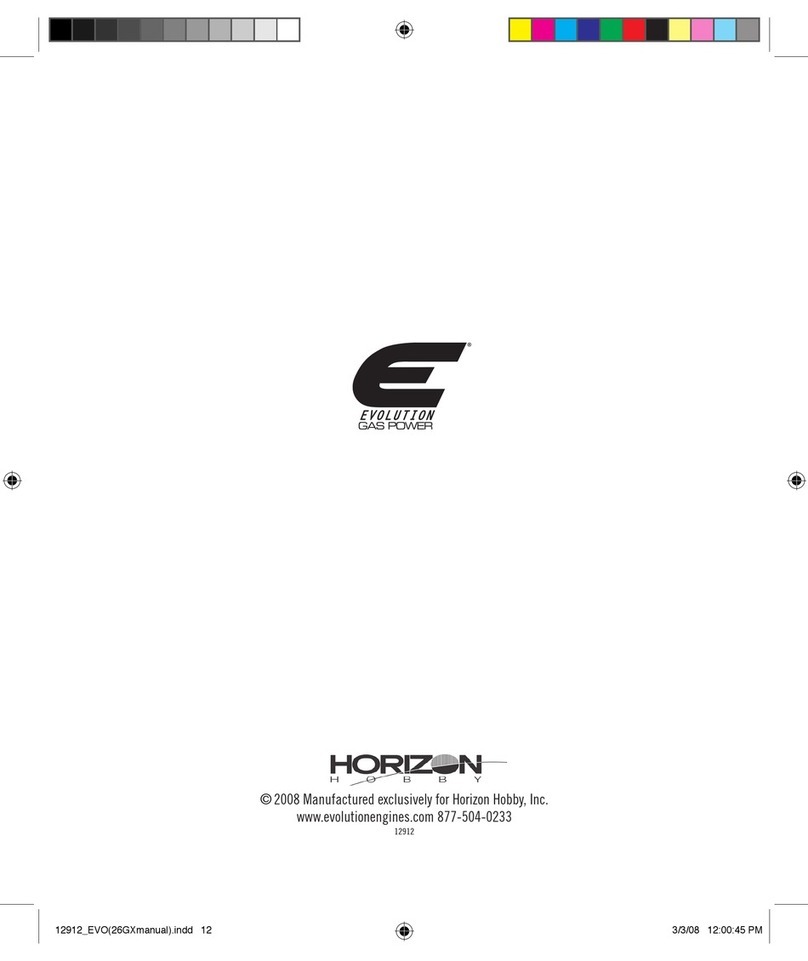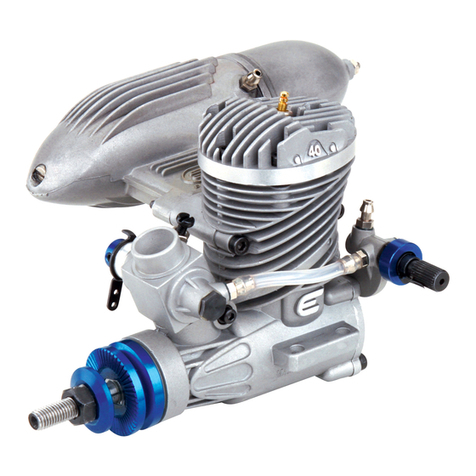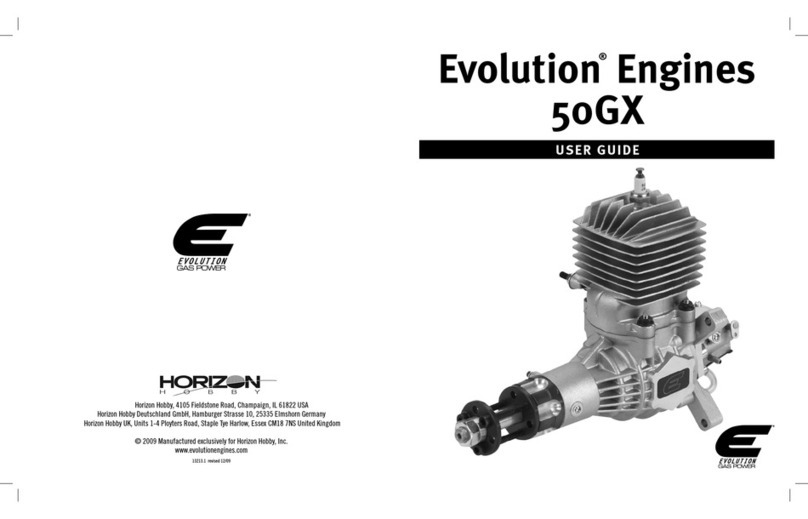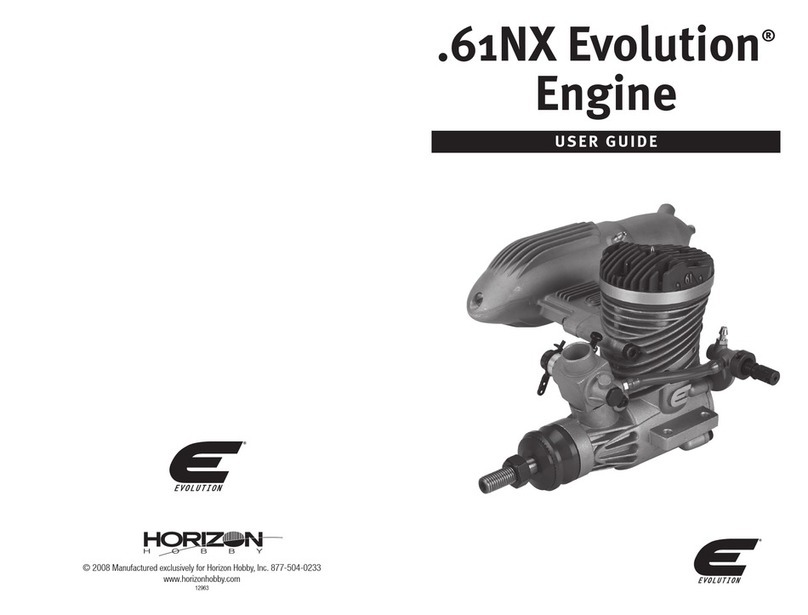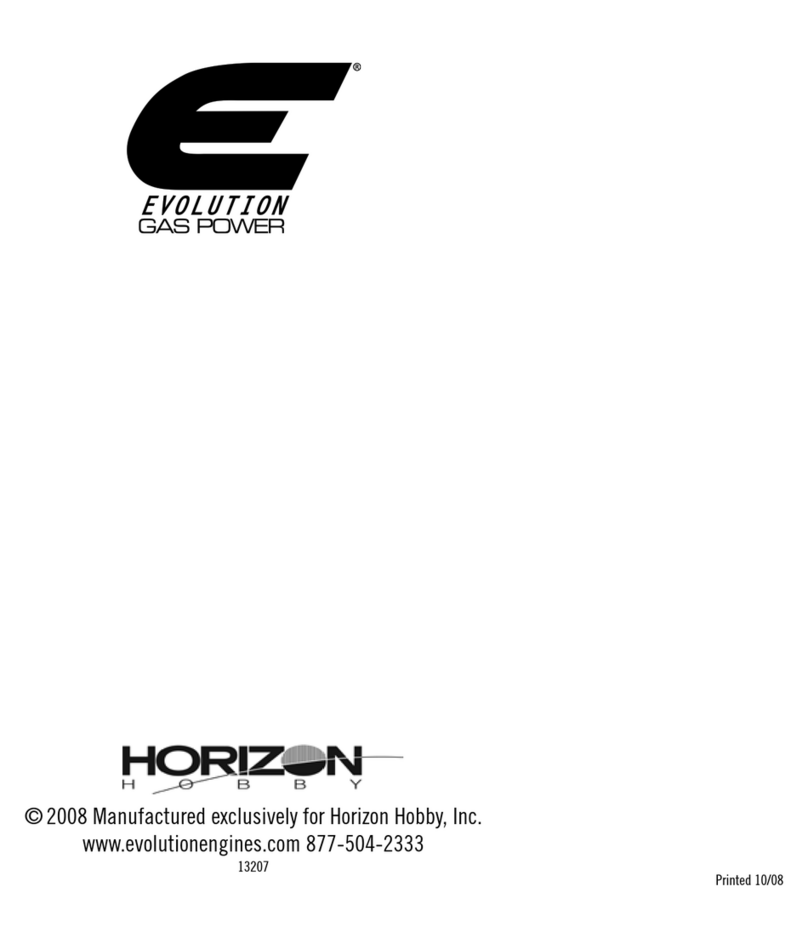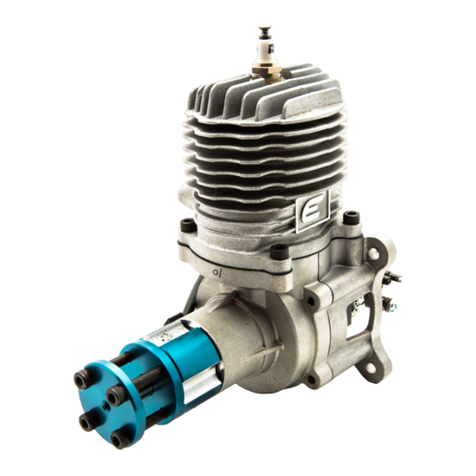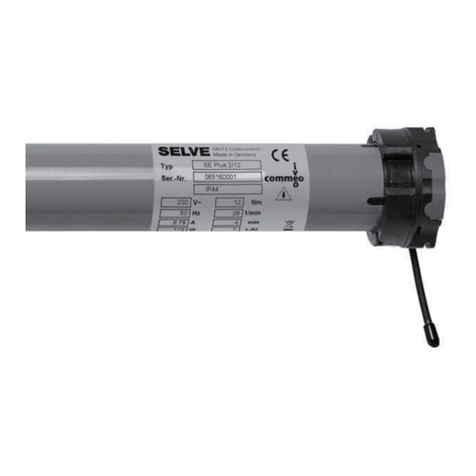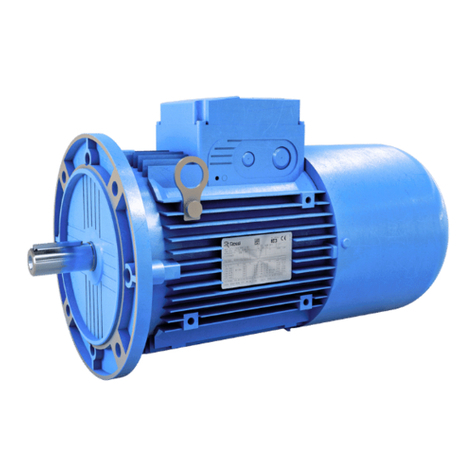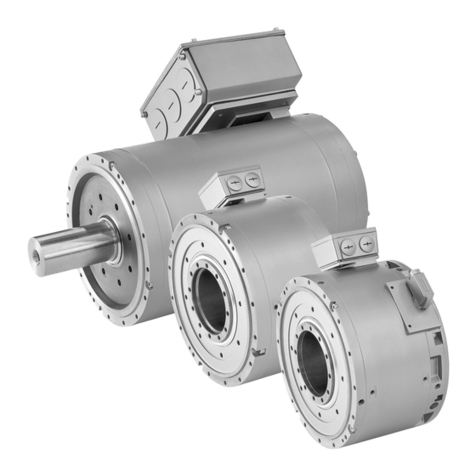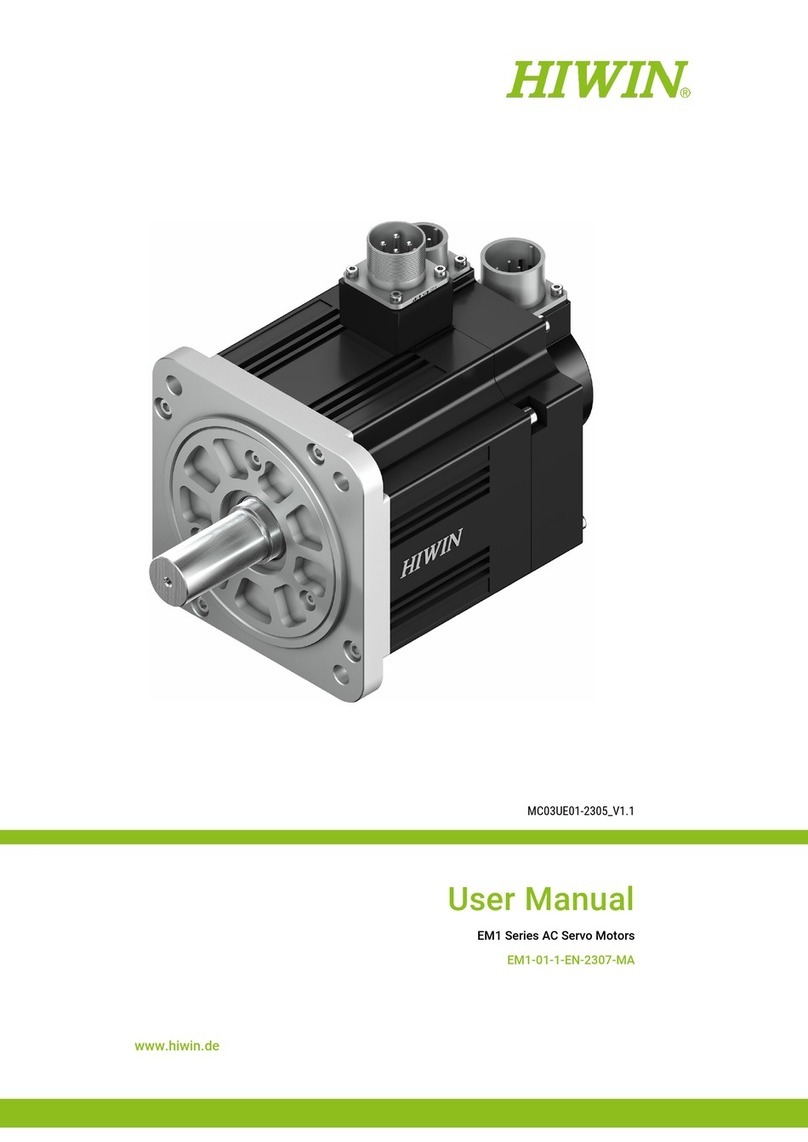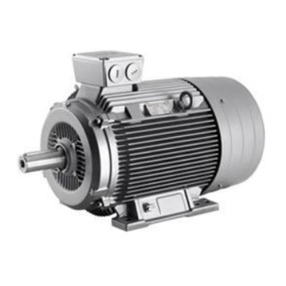Introduction
Congratulations on your purchase of the newest and one of the most technically advanced 2-stroke gas model airplane engines in
the world. Whether you are new to the sport of model aviation or an experienced flyer, you will enjoy the features of the new Evolution®
GX engine. Evolution engines are designed to be the most powerful in their class, extremely easy to start and operate, and provide years of
enjoyable service. These engines incorporate many unique features designed to ensure success with your new engine. This user’s guide is
intended to provide the basic information required to operate and maintain your Evolution GX engine.
Important: While the Evolution engine is extremely easy to operate, if this is your first experience flying a model airplane, it is highly
recommended that you have the help of an experienced modeler during the first few flights. Your local hobby shop or flying club can put
you in touch with an experienced pilot in your area.
Before using this engine, please read these instructions carefully. Mounting the Engine
Most model airplane designs make provision for an engine
mount. It is extremely important that the engine mount be
securely attached to the airplane’s firewall and that the engine
is securely attached to the engine mount. Follow the instructions
included with the airplane for mounting the engine. The engine
should be fastened in place to the firewall with 4 screws. Use
¼” or 6mm screws. If you decide to fasten the engine using a
flexible motor mount, always choose parts with enough solidity and
strength. Make sure all screws are tightened and regularly check
that they remain tight and in good condition.
Important: Air is necessary to cool the engine during operation.
Make sure that sufficient air circulation through the cowling is
provided.
Throttle Linkage
Carefully attach the throttle linkage to the engine using a ball link
on the carburetor. Make sure that the linkage is free to operate
from low throttle to high throttle and confirm that low throttle
setting on the transmitter closes the carburetor butterfly to the
low idle position. Adjust the length of the pushrod until full throttle
opens the throttle fully, while low-throttle, low trim completely
closes the butterfly.
Attaching the Fuel Lines
Use medium gasoline-compatible fuel line in the fuel tank as well
as the supply line to the engine.
Selecting a Suitable Propeller
The Evolution® 116GX has been designed to generate maximum
power at 5800–6300 rpm, according to the type of exhaust used. If
you wish to utilize the maximum power output, choose a propeller,
which will allow the engine to reach these revolutions, or slightly
lower revolutions (The engine will unload in the air depending on
the aircraft speed and propeller selected).
Suggested Propeller Dimensions
Two-blade propellers:
28x10-14, 30x10-12, 32x10
We do not recommend using propellers that allow the engine to
reach more than 7500 rpm on the ground.
Evolution® Engines 2-Year Warranty
This Evolution Engines product is guaranteed to be free from
defects in materials and workmanship for a period of 2 years
from the date of purchase by the original owner. This warranty
is not transferable. Horizon Hobby reserves the right to inspect
any and all equipment involved in a warranty claim. Repair or
replacement decisions are also determined by Horizon Hobby,
Inc. Collateral damage of any type is not covered under this
warranty.
This warranty does not cover any component parts damaged
changed by modification. In no case shall Horizon Hobby
or Evolution Engines liability exceed the original cost of the
engine.
This warranty does not apply to wear from normal use;
damage or defects resulting from misuse, neglect or abuse;
damage caused by customer disassembly, use of substandard
fuel, use of incorrect accessories (spark plug, propeller, etc.);
or damage resulting from a crash or any use of this engine
other than for which it is specifically intended. Any of the
above will automatically void the warranty of the engine.
In that Horizon Hobby has no control over the final installation
and use of this product, the materials used in installation
or the product in which this engine is installed, no liability
shall be assumed nor accepted for any damage resulting in
the use of this product once it is installed. By the act of using
the installed product, the user accepts all resulting liability.
If the buyer is not prepared to accept the liability associated
with the installation and/or use of this product, the buyer is
advised to return the engine immediately in new and unused
condition to the place of purchase.
Should your engine require warranty or non-warranty repair
service, please package it carefully and return it to the
address below, along with a copy of the original invoice or
receipt and a detailed letter explaining the problems. Write
your name, address and daytime phone number clearly on
the letter and return it via FedEx, UPS or insured Parcel Post
(Evolution Engines will not be responsible for product lost en
route).
For repairs not covered under warranty, please specify in your
letter whether you want an estimate of the repair charges prior
to performing the service (which may cause a slight delay).
Payment for non-warranty repairs should be made by credit
card or money order. If you have any questions concerning this
or other Evolution products please contact the Horizon Product
Support Team at 877-504-0233
Evolution/Horizon Service Center
4105 Fieldstone Road, Champaign, IL 61822
1-877-504-0233
productsupport@horizonhobby.com
Control Jet System
Your engine is equipped with a unique system enabling improved
acceleration from idle to high speed. This system allows the
mixture to be controlled while the throttle valve is opening. It will
lean the mixture at low rpm and at idle. Conversely the mixture
will become richer as the throttle is opening. This system provides
better acceleration to high speed and maintains a stable idle.
This system was developed for the Evolution 116cc engine. It is
recommended that you do not change the mixture control leverage.
Idle
High Throttle
2 3
